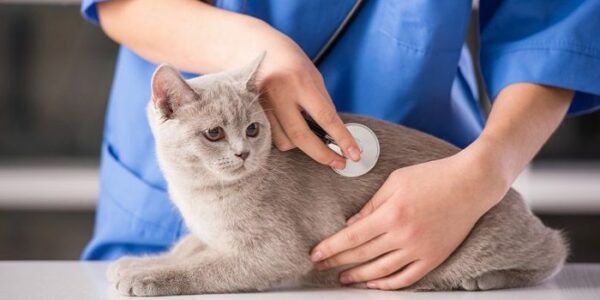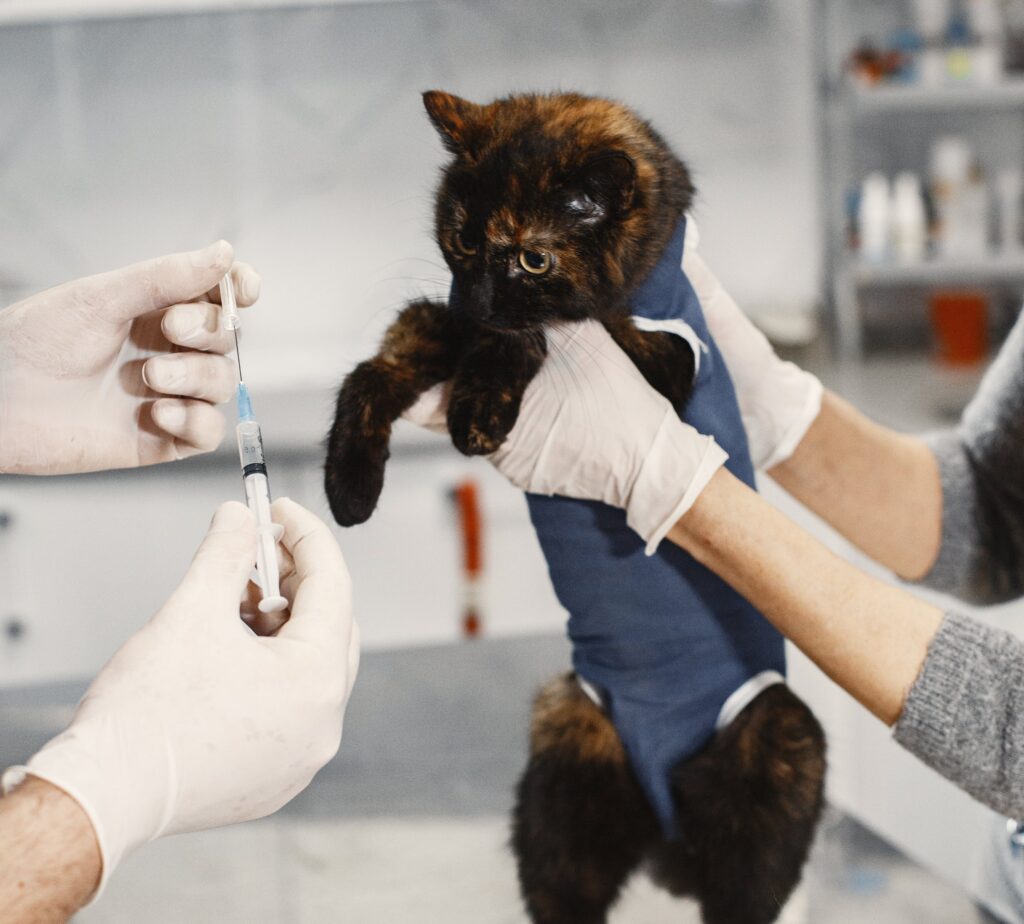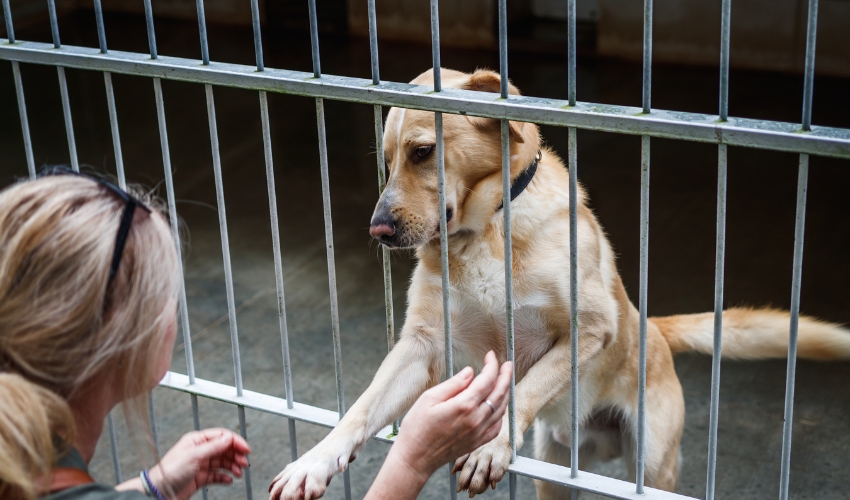Feline respiratory infections can be a source of concern for cat owners, impacting the health and well-being of their feline companions. Respiratory issues in cats are relatively common and can manifest in various forms, ranging from mild cold-like symptoms to more severe conditions that require immediate veterinary attention. In this comprehensive guide, we will delve into the intricacies of feline respiratory infections, shedding light on their causes, symptoms, prevention, and treatment options.
Types of Feline Respiratory Infections
Understanding the diverse range of feline respiratory infections is imperative for cat owners seeking to safeguard their pets’ health. Here’s an in-depth exploration of the primary types:
Feline Upper Respiratory Infection (URI): URI encompasses infections affecting the nose, throat, and sinus areas. Viruses, particularly the feline herpesvirus and feline calicivirus, are major contributors. These infections are highly contagious and often spread in multi-cat environments such as shelters or catteries.
Feline Infectious Peritonitis (FIP): Primarily impacting abdominal organs, FIP can also extend its reach to the respiratory system, causing respiratory distress. FIP is a challenging and often fatal disease with both dry (non-effusive) and wet (effusive) forms.
Bacterial Infections: Bacterial respiratory infections can arise independently or as a consequence of viral infections. Bordetella bronchiseptica is a prominent bacterium linked to respiratory issues in cats. Bacterial infections may complicate pre-existing viral infections, necessitating targeted treatment
Causes and Risk Factors
To effectively prevent feline respiratory infections, it’s crucial to grasp the underlying causes and risk factors:
Viral Infections: Feline herpesvirus and calicivirus, highly contagious viruses, are primary instigators of respiratory infections. Cats in crowded environments, particularly those with frequent cat-to-cat interactions, such as shelters, face an elevated risk.
Bacterial Infections: Poor sanitation, stress, and compromised immune systems heighten the susceptibility of cats to bacterial infections. Close confinement, inadequate ventilation, and shared resources can foster the spread of bacteria among feline populations.
Environmental Stressors: Changes in the environment, exposure to cigarette smoke, and overcrowded living conditions act as stressors that compromise a cat’s respiratory health. Reducing these stressors is pivotal in preventing respiratory issues.
Signs and Symptoms
Recognizing the subtle signs of feline respiratory infections early on is critical for timely intervention and successful treatment:
Sneezing and Nasal Discharge: Persistent sneezing and nasal discharge are hallmark signs of respiratory distress. Cats may exhibit nasal congestion and discharge, signaling the presence of an infection.
Coughing and Wheezing: Respiratory infections often lead to coughing and wheezing, indicative of irritation or inflammation in the airways. These symptoms should not be dismissed, as they may signify a more severe underlying issue.
Lethargy and Reduced Appetite: Infections can drain a cat’s energy, resulting in lethargy and a decreased interest in food. Monitoring changes in behavior and appetite is crucial for early detection.
Watery Eyes and Conjunctivitis: Eye-related symptoms, including watery eyes, squinting, and conjunctivitis, may accompany respiratory infections. These signs indicate the potential involvement of the ocular system.
Prevention Strategies
Implementing proactive measures to prevent feline respiratory infections involves a holistic approach:
Vaccination: Ensuring your cat’s vaccinations are up-to-date, particularly for feline herpesvirus and calicivirus, is paramount for preventing respiratory infections. Regular veterinary check-ups are essential to maintain an effective vaccination schedule.
Hygiene Practices: Maintain rigorous hygiene practices in your cat’s environment. Regularly clean litter boxes, bedding, and communal areas to minimize the risk of bacterial contamination. Proper sanitation is especially crucial in multi-cat households.
Isolation of Sick Cats: Promptly isolate any cat displaying signs of respiratory distress to prevent the spread of infection to other feline companions. This precautionary measure is vital in controlling outbreaks in households with multiple cats.
Reducing Stress: Create a stable and stress-free environment for your cat by providing consistent routines, regular playtime, and attention to emotional well-being. Minimizing stressors contributes significantly to overall respiratory health.

Treatment Options
When faced with a respiratory infection, timely veterinary intervention is paramount. Treatment strategies encompass a range of approaches:
Antiviral Medications: For viral infections, such as feline herpesvirus and calicivirus, antiviral medications may be prescribed. These medications aim to manage symptoms, alleviate discomfort, and reduce the severity of the infection.
Antibiotics: Bacterial infections often necessitate antibiotic treatment to eliminate the bacterial culprit. Antibiotics are chosen based on the specific bacteria involved and may be administered orally or through injections.
Supportive Care: Providing supportive care is crucial for a cat’s recovery. This includes maintaining proper hydration, ensuring a balanced and nutritious diet, and creating a comfortable and stress-free environment conducive to healing.
Environmental Comfort: Creating a comfortable and stress-free environment is essential for a cat’s recovery. Ensure adequate warmth, a quiet space for rest, and minimal disruptions to aid the recuperation process.
Feline respiratory infections can be challenging for both cats and their owners, but with proper understanding and proactive measures, the impact can be minimized. Regular veterinary check-ups, vaccination, and a commitment to maintaining a healthy living environment are key components of feline respiratory health. By staying informed and vigilant, cat owners can ensure their feline companions lead happy, healthy lives free from the burdens of respiratory infections.












